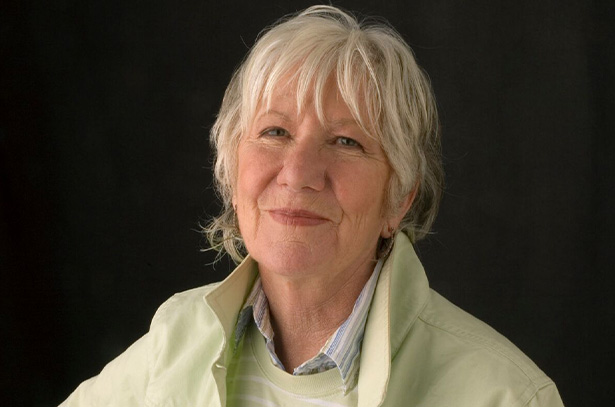Mary Heilmann
Daydream Nation
Curated by Gary Simmons
2 May – 26 July 2024
New York, 22nd Street
‘A body of work starts by daydreaming…’ —Mary Heilmann
On 2 May, we will open ‘Daydream Nation’ at its 22nd Street gallery, exploring Mary Heilmann’s ongoing interest in drawing as a form of transcribing memory. Curated by artist Gary Simmons, Heilmann’s friend and former student and colleague at New York’s School of Visual Arts, the exhibition celebrates her talent for distilling complex images and ideas into deceptively simple geometric forms and abstract gestural marks. Through rarely and never-before-seen works on paper from the 1970s to early 2000s, this presentation reveals how drawing functions as a form of daydreaming—of conjuring the sights, sounds and events of her past travels or her imagined future—in Heilmann’s creative process.
‘I’ve known Mary through many chapters of my life,’ Simmons says. ‘Selecting these works and collaborating with her, I’ve learned more about her practice than I thought possible. In her drawings and paintings, there’s this sense of a dreamscape, a mosaic of her travels through the desert and from coast to coast.’

Untitled Watercolor Study
1980s c.

Untitled Watercolor Study
1982-1984 c.

Untitled Watercolor Study
1983-1986 c.

Tea Garden
1984

Untitled Watercolor Study
1986-1988 c.
About the Artist

Mary Heilmann
Influenced by 1960s counterculture, the free speech movement, and the surf ethos of her native California, Mary Heilmann ranks amongst the most influential abstract painters of her generation. Considered one of the preeminent contemporary Abstract painters, Heilmann’s practice overlays the analytical geometries of Minimalism with the spontaneous ethos of the Beat Generation, and are always distinguishable by their often unorthodox—always joyful—approach to color and form.
Raised in San Francisco and Los Angeles, Heilmann completed a degree in literature, before she studied ceramics at Berkeley. Only after moving to New York in 1968 did she begin to paint. While most artists at that time were experimenting with the concept of dematerialization and demanding that painting should avoid any references to experience outside the material presence of the work itself, Heilmann opted for painting, rebelling against the accepted rules. ‘Rather than following the decrees of modern, non-representational formalism, I started to understand that the essential decisions taken during the creative process were more and more related to content. The Modern movement was over…’
Since then, Heilmann has created compositions that evoke a variety of associations. Her work may be non-representational and based on an elementary, geometrical vocabulary—circles, squares, grids and stripes—but there is always something slightly eccentric, casual about them. The simplicity of the forms is played down by a deceptive form of nonchalance: the contours are not clearly defined. In some paintings, amorphous forms appear to melt into each other like liquid wax. Splashes of color can be discerned, sharp edges bleed for no apparent reason, and the ductus of the brushstrokes is always perceptible. Heilmann’s casual painting technique conceals a frequently complex structure that only gradually reveals itself to the viewer.
Current Exhibitions
1 / 10




















